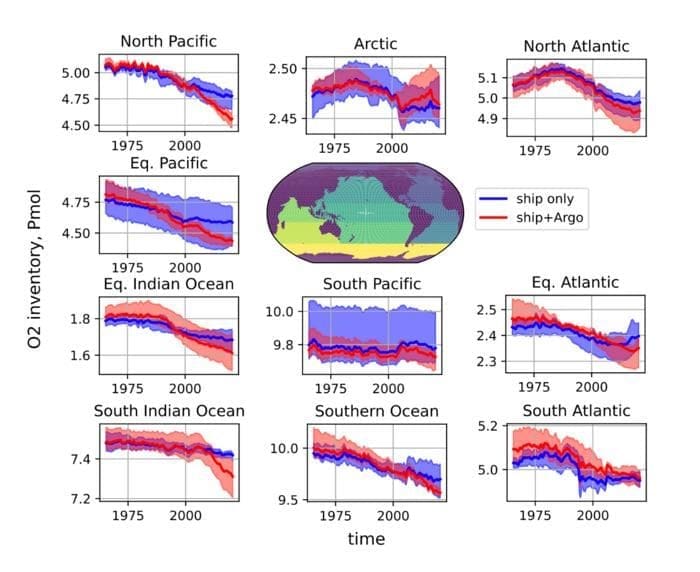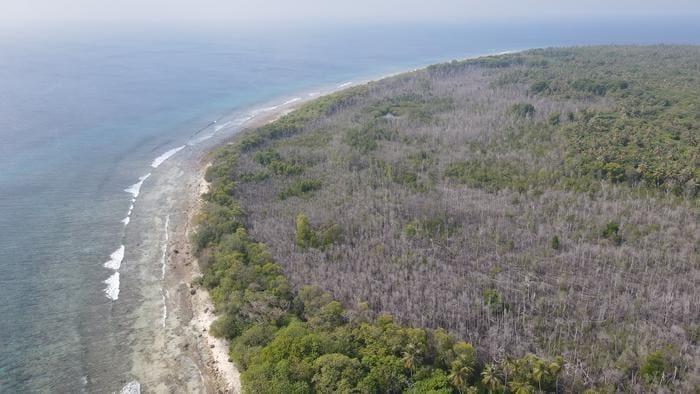Longer droughts, bigger floods: UMass Amherst Hydrologist maps the future of water in New England
New England, warming faster than any other U.S. region, faces unprecedented disruptions in its water cycle due to climate change. Supported by a $498,999 grant from the U.S. Geological Survey (USGS), David Boutt, a hydrologist at the University of Massachusetts Amherst, is developing integrated hydrologic models to forecast how the region’s “water budget” will shift over the coming years.

“We’re 30–40 years into significant changes to New England’s climate,” Boutt states, referencing impacts on water tables, rainstorm intensity, and drought patterns. Historically, hydrologic studies have prioritized arid regions, but recent severe flooding in Vermont and Western Massachusetts has spurred new focus on the Northeast.
Boutt’s study, co-led by Matthew Winnick, aims to analyze historical data, trace water sources via stable water isotopes, and create advanced models for water cycle predictions in different climate scenarios. This research, part of the USGS’s New England Water Cycle Center, offers a comprehensive view of water dynamics from snowmelt to algal blooms and may aid in preparing New England for future climate challenges.
More information:
Matthew Winnick, David Boutt et al. ‘Identifying Climate Drivers of Water-Cycle Changes in the U.S. Northeast and Their Impact on Evapotranspiration, Groundwater Recharge Patterns, and Groundwater-Surface Water Connectivity’, USGS
Article Source:
Press Release/Material by University of Massachusetts Amherst
Novel machine learning techniques reveal accelerated ocean oxygen loss
Declining oxygen in global oceans, driven by warming waters, poses a severe threat to marine life. Georgia Tech researchers, led by oceanographer Taka Ito, have developed machine learning models to create high-resolution maps of oxygen levels, enhancing predictions of ocean deoxygenation.

“Calculating the amount of oxygen lost from the oceans is challenging due to limited historical measurements and inconsistent timing,” Ito explains. The team’s model analyzed ship-based data and autonomous Argo floats (autonomous drifting devices that collect and measure temperature and salinity) records, covering the Atlantic before expanding globally, showing a 0.7% per-decade oxygen decline from 1970 to 2010.
Ph.D. researcher Ahron Cervania notes the model’s precision in estimating oxygen loss patterns, aligning with prior studies. This innovative approach is crucial for addressing data gaps and refining our understanding of how ocean oxygen levels respond to climate shifts.
Journal Reference:
Ito, T., Cervania, A., Cross, K., Ainchwar, S., & Delawalla, S., ‘Mapping dissolved oxygen concentrations by combining shipboard and Argo observations using machine learning algorithms’, Journal of Geophysical Research: Machine Learning and Computation 1 (3) e2024JH000272 (2024). DOI: 10.1029/2024JH000272
Article Source:
Press Release/Material by Georgia Institute of Technology
1.5°C climate target attainable only if wealthy nations exceed current goals, study suggests
A Nature Communications study indicates that limiting warming to 1.5°C requires high-income nations, particularly the EU and 17 others countries, to surpass their current emissions goals.
Researchers propose an “additional carbon accountability” metric, quantifying countries’ responsibilities for emission cuts and carbon removal.
“The ambition of this article is to suggest opportunities to enhance climate fairness and close the mitigation gap in the real world, based on the Paris Agreement,” explains lead author Thomas Hahn from the Stockholm Resilience Centre at Stockholm University. High-income countries, with the U.S. and China as major contributors, hold substantial carbon debts, while others, like the EU, must cut or offset additional emissions.
With global climate talks ongoing, this research emphasizes equitable responsibility for emission reductions, especially among high emitters, as a critical step to achieving the Paris Agreement’s 1.5°C goal.
Journal Reference:
Hahn, T., Morfeldt, J., Höglund, R. et al. ‘Estimating countries’ additional carbon accountability for closing the mitigation gap based on past and future emissions’, Nature Communications 15, 9707 (2024). DOI: 10.1038/s41467-024-54039-x
Article Source:
Press Release/Material by Stockholm Resilience Centre | Stockholm University
Mangrove dieback in Maldives highlights global coastal threats
Rising sea levels and the Indian Ocean Dipole are causing extensive mangrove dieback in the Maldives, with some islands losing over half of their cover since 2020. A Northumbria University-led study in Scientific Reports reveals that accelerated sea-level rise combined with extreme weather has inundated these forests, exceeding the trees’ tolerance for salt.

Dr. Vasile Ersek, co-leader, reports: “Dieback was first observed in the centre of low-lying basin areas before gradually spreading outwards.” The study highlights mangroves’ vulnerability as natural coastal protectors and biodiversity reservoirs, raising concerns about similar impacts in other tropical regions.
Mangrove forests, significant carbon sinks, face an uncertain future as climate-driven sea level increases may hinder their ability to survive. This research warns of cascading effects on ecosystems and communities reliant on mangrove resources.
Journal Reference:
Carruthers, L., Ersek, V., Maher, D. et al. ‘Sea-level rise and extreme Indian Ocean Dipole explain mangrove dieback in the Maldives’, Scientific Reports 14, 27012 (2024). DOI: 10.1038/s41598-024-73776-z
Article Source:
Press Release/Material by Northumbria University
Featured image credit: Gerd Altmann | Pixabay




